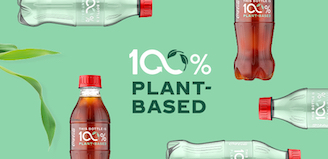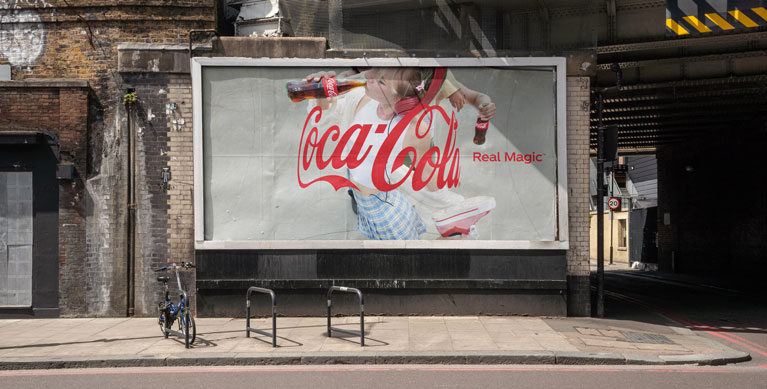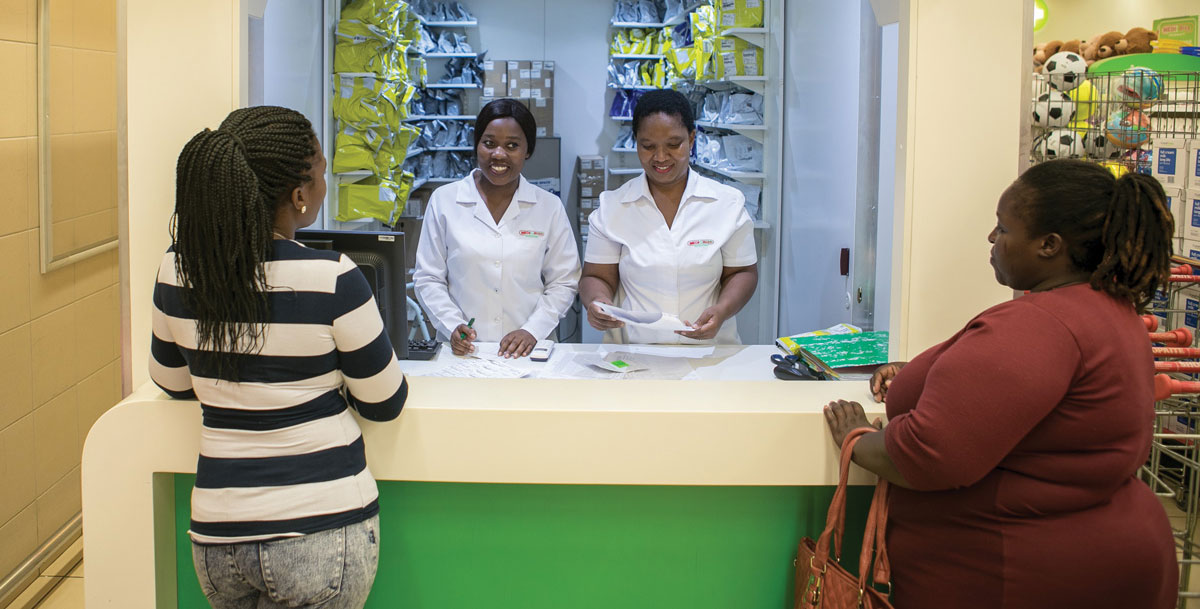
The Asa Candler Era
Coca‑Cola History
On May 1, 1889, Asa Candler published a full-page advertisement in The Atlanta Journal, proclaiming his wholesale and retail drug business as "sole proprietors of Coca‑Cola ... Delicious. Refreshing. Exhilarating. Invigorating." Sole ownership, which Mr. Candler did not actually achieve until 1891, cost a total of $2,300.
By 1892, Mr. Candler's flair for merchandising had boosted sales of Coca‑Cola syrup nearly tenfold. He soon liquidated his pharmaceutical business and focused his full attention on the soft drink. With his brother, John S. Candler, John Pemberton's former partner Frank Robinson and two other associates, Mr. Candler formed a Georgia corporation named The Coca‑Cola Company. Initial capitalization was $100,000.
The trademark "Coca‑Cola," used in the marketplace since 1886, was registered in the United States Patent Office on January 31, 1893. (Registration has been renewed periodically.) That same year the first dividend was paid; at $20 per share, it amounted to 20 percent of the book value of a share of stock.
A firm believer in advertising, Mr. Candler expanded on Dr. Pemberton's marketing efforts, distributing thousands of coupons for a complimentary glass of Coca‑Cola.
The business continued to grow, and in 1894, the first syrup manufacturing plant outside Atlanta was opened in Dallas, Texas. Others were opened in Chicago, Illinois, and Los Angeles, California, the following year.
In 1895, three years after The Coca‑Cola Company's incorporation, Mr. Candler announced in his annual report to shareholders that "Coca‑Cola is now drunk in every state and territory in the United States."
As demand for Coca‑Cola increased, the Company quickly outgrew its facilities. A new building erected in 1898 was the first headquarters building devoted exclusively to the production of syrup and the management of the business. Mr. Candler hailed the new, three-story structure as "sufficient for all our needs for all time to come." It was inadequate in just over a decade.
Bottling Begins
While Mr. Candler's efforts focused on boosting soda fountain sales, another concept was being developed that would spread the enjoyment of Coca‑Cola worldwide.
In 1894, in Vicksburg, Mississippi, Joseph A. Biedenharn was so impressed by the growing demand for Coca‑Cola at his soda fountain that he installed bottling machinery in the rear of his store and began to sell cases of Coca‑Cola to farms and lumber camps up and down the Mississippi River. He was the first bottler of Coca‑Cola.
Large-scale bottling was made possible in 1899, when Benjamin F. Thomas and Joseph B. Whitehead of Chattanooga, Tennessee, secured from Mr. Candler the exclusive rights to bottle and sell Coca‑Cola in practically the entire United States. With contract in hand, they joined another Chattanoogan, John T. Lupton, and began to develop what is today the worldwide Coca‑Cola bottling system.
The first bottling plant under the new contract was opened in Chattanooga in 1899, the second in Atlanta the following year. By then, realizing they could not raise enough capital to build bottling operations nationwide, Messrs. Thomas, Whitehead and Lupton decided to seek outside capital. They contracted with competent individuals to establish Coca‑Cola bottling operations within certain defined geographic areas.
Over the next 20 years, the number of plants grew from two to more than 1,000 -- 95 percent of them locally owned and operated. As the business grew, the development of high-speed bottling machinery and increasingly efficient transportation enabled bottlers to serve more customers with more products. Today, the Coca‑Cola bottling system is one of the largest, most widespread production and distribution networks in the world.
Protecting a Valuable Name
The bottlers of Coca‑Cola in the early 1900s had their share of challenges. Probably the most persistent and serious was protecting the product and the package from imitation. Imitation may be the sincerest form of flattery, but in the business world it can mean the death of a good name.
Early advertising warned of the perils of popularity. "Demand the genuine" and "Accept no substitutes" reminded consumers to settle for nothing less than the real thing.
The never-ending battle against substitution was the major force behind the evolution of the distinctive hobble-skirt bottle. A variety of straight-sided containers was used through 1915, but as soft-drink competition intensified, so did imitation. Coca‑Cola deserved a distinctive package, and in 1916, the bottlers approved the unique contour bottle designed by the Root Glass Company of Terre Haute, Indiana.
The now-familiar shape was granted registration as a trademark by the U.S. Patent Office in 1977, an honor accorded only a handful of other packages. The bottle thus joined the trademarks "Coca‑Cola," registered in 1893, and "Coke®," registered in 1945.


